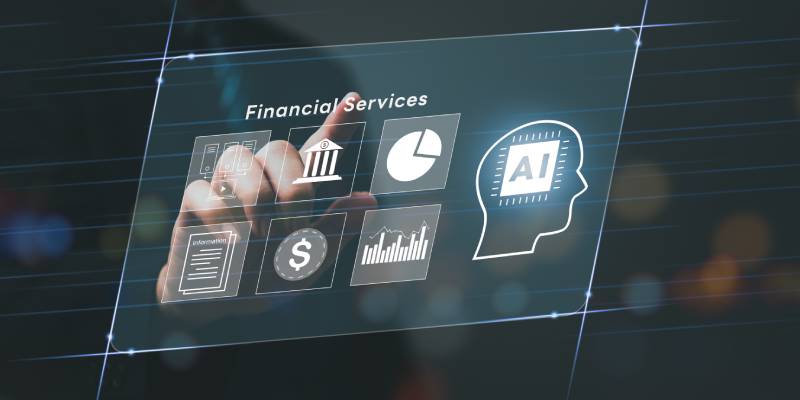Finastra is a global fintech company formed by the merger of Misys and DH Corp. It offers retail and investment banking systems, treasury, payments or cash management, trade and supply chain finance, and more. An investigation pertaining to its vulnerability to ransomware attacks is going on.
Ransomware Attacks in Finastra: The Impact
Finastra is a large fintech company with offices in 42 countries and employs 10,000 people. It serves 9,000 customers, including 90 of the top 100 banks in the world. Unfortunately, Finastra has a poor cybersecurity and data protection record. This makes it a target for cybercriminals, who often hack into the company’s systems to steal data.
Finastra’s 2020 ransomware attack had long-lasting effects. In particular, mistimed money transfers cost the company millions of dollars. Finastra shut down its servers to address the situation, and CEO Simon Paris apologised for the failed wire transfers. The company worked extra hours to fix services and handle transactions lost in the attack.
The Counter-Attack Measures
Finastra has announced that it is investigating a potential security breach that has caused a service outage for North American clients. The company has not released any details about the nature of the breach but has advised customers to expect disruption to services in the coming days.
Finastra released a statement about the ransomware attack that occurred while trying to move employees to a safer way to work from home due to COVID-19. No evidence showed that customer or employee data had been accessed or removed or that clients’ networks had been hacked.
Also Read : Revolutionizing Financial Services through Innovation
The Preventive Measures
As ransomware becomes more common, cybercriminals increasingly use it to exploit company security flaws. Active ransomware gangs use large amounts of victim data before attacking their systems with ransomware. After attacks, these gangs often post stolen data on “victim-shaming sites.” This allows them to “strongarm” victim companies into paying high ransoms. This was once a rare way to access a company’s data, but it is becoming more common.
Finastra used isolation, investigation, and containment. While stopping the breach and reviewing the servers, the company turned off the affected servers. The servers were restarted two days later. The company spent the next few days investigating what happened and fixing the problems. Finastra hired a leading independent forensic firm to investigate the situation. Finastra immediately took several servers offline out of caution and to explore their systems.
Finastra took measures to protect customers and their data after the cyberattack. They did an industry-standard security review and checked their systems to ensure customer data was safe. Despite the attack, they recovered quickly and set industry standards for security measures.
Fintechs- Long & Medium Term Goals
FinTech is a rapidly growing industry that attracts a lot of investment from banks, private equity firms, venture capitalists, and the government. However, as Finastra’s recent ransomware attack shows, companies need to be aware of the risks posed by hackers and take steps to protect their data. Employees need to be trained in how hackers operate to identify potential phishing attacks and reduce the risk of a data breach.
Global trade leaders provides an insight into the complete details of trade finance giants. Visit https://www.globaltradeleaders.com/ for more trade finance leaders.



